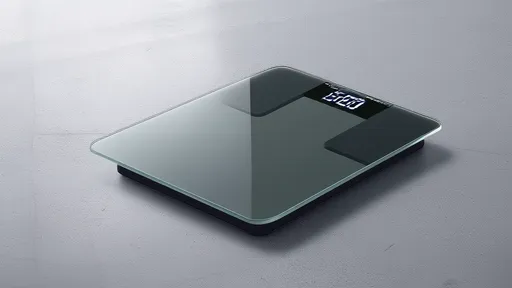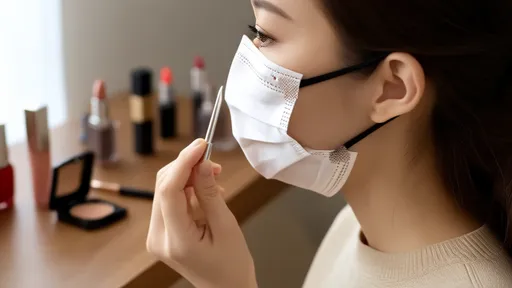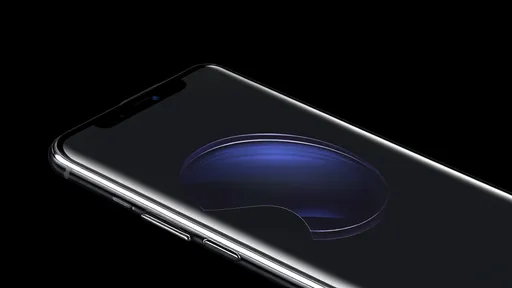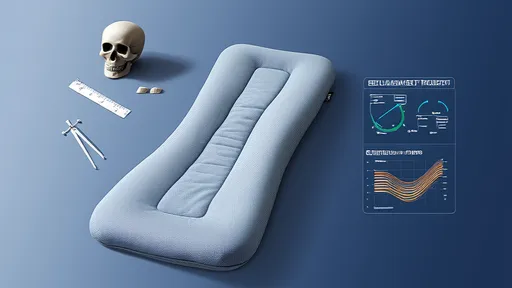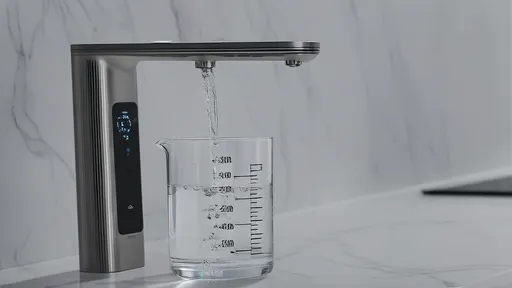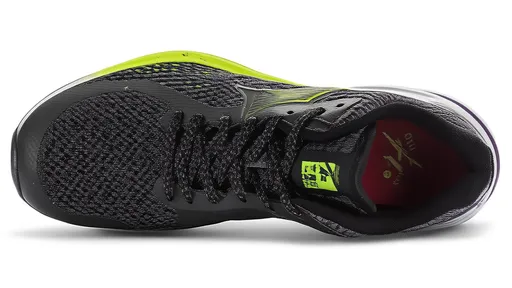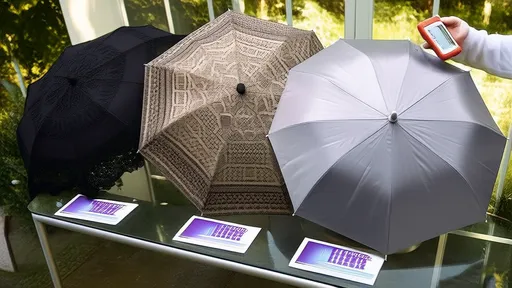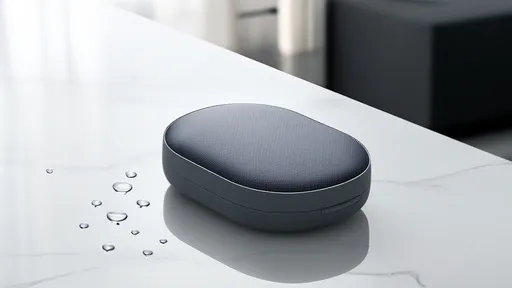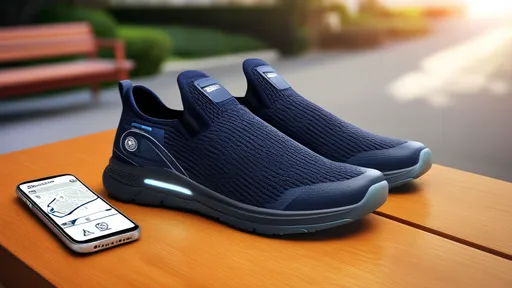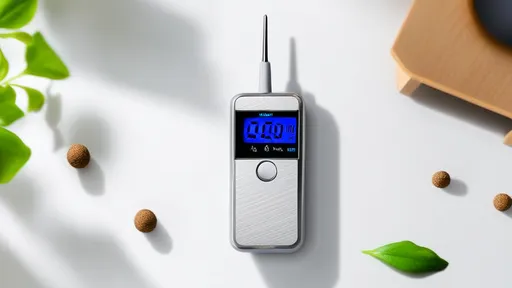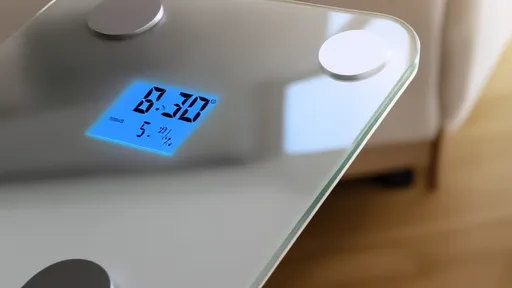For families caring for elderly loved ones with dementia or mobility challenges, GPS-enabled shoes have emerged as a game-changing safety solution. These innovative footwear options blend discreet tracking technology with everyday comfort, offering peace of mind without compromising dignity. As the silver tsunami reshapes demographics globally, such assistive technologies are transitioning from luxury to necessity in elder care.
The concept seems straightforward – shoes that transmit location data – but the real-world application requires thoughtful consideration. Unlike clunky wearable devices that seniors often remove or lose, these shoes integrate tracking directly into the sole or heel compartment. This subtle design approach significantly increases compliance rates, as most elderly users continue wearing their shoes as part of daily routines without resistance or frustration.
Proper fitting establishes the foundation for effective use. Many caregivers make the mistake of ordering the shoes online without proper sizing consultations. Unlike regular footwear, GPS shoes often accommodate additional electronic components that may affect fit. Podiatrists recommend allowing extra toe room (about a thumb's width between the longest toe and shoe end) while ensuring a secure heel grip. The best results come from visiting specialty stores where staff understand both orthopedic needs and technological requirements of these hybrid products.
Battery management proves crucial for uninterrupted protection. Most models offer 2-3 days of continuous tracking before requiring recharge. Establishing a charging routine – perhaps during evening downtime or weekly bathing periods – prevents dangerous gaps in monitoring. Some advanced models now incorporate power-saving modes that activate motion sensors only when the wearer begins walking, dramatically extending battery life during sedentary periods.
Geofencing capabilities transform these shoes from simple trackers to proactive safety tools. Caregivers can define safe zones like home perimeters or familiar walking routes. When the wearer crosses these invisible boundaries, the system triggers instant alerts. This feature proves particularly valuable for dementia patients prone to wandering. However, experts caution against setting boundaries too restrictively, as excessive alerts may desensitize caregivers to genuine emergencies.
Weather resistance often gets overlooked during purchase decisions. Quality GPS shoes should withstand rain, snow, and accidental puddles without compromising functionality. Look for IP67 or higher waterproof ratings, especially for active seniors who enjoy outdoor activities. The charging ports typically include protective flaps, but caregivers should regularly inspect these seals for wear and tear that could allow moisture intrusion.
Comfort modifications require special attention. Many elderly users need custom orthotics or additional cushioning for medical conditions like diabetes or arthritis. While some GPS shoe models accommodate inserts, others have non-removable insoles. Consulting with both a podiatrist and the shoe manufacturer before making modifications prevents voiding warranties or damaging sensitive electronics. Some companies now offer heat-moldable options that personalize fit while maintaining technical integrity.
Pairing the shoes with monitoring software completes the safety ecosystem. Caregivers should familiarize themselves with the companion app's features – real-time tracking, location history, battery status alerts – before the shoes become needed. Conducting regular test alerts ensures all connected family members understand the system's operation during high-stress situations. Many families create shared login protocols so multiple responsible parties can access location data when primary caregivers are unavailable.
Privacy considerations warrant thoughtful discussion within families. While safety remains paramount, some seniors retain enough cognitive awareness to feel uncomfortable with constant tracking. In early-stage dementia cases, having open conversations about the shoes' purpose often yields better cooperation than covert monitoring. Ethical experts recommend framing the technology as "safety assistance" rather than "surveillance," emphasizing the independence it enables rather than the restrictions it represents.
Emergency protocols should be established before incidents occur. Caregivers must decide in advance which situations warrant calling authorities versus when to handle wanderings personally. Local police departments often appreciate preemptive notifications about GPS-tracked individuals in their community, as this information helps them respond more effectively during search operations. Keeping recent photos and medical information accessible in the tracking app facilitates quicker reunification during crises.
Maintenance extends the product's lifespan and reliability. Regularly cleaning the shoes according to manufacturer guidelines prevents dirt buildup that could interfere with charging connections or ventilation. Checking for software updates ensures access to the latest safety features and security patches. Most manufacturers recommend professional servicing every 12-18 months to replace aging batteries and inspect internal components that caregivers can't easily assess.
The human element remains irreplaceable despite technological advancements. GPS shoes work best as part of a comprehensive care strategy that includes social engagement, cognitive stimulation, and physical activity. Over-reliance on tracking devices without addressing underlying causes of wandering – whether boredom, discomfort, or confusion – often leads to new safety challenges. The most successful implementations use the technology to buy time for caregivers while developing long-term solutions tailored to each senior's unique needs.
As this technology evolves, we're seeing exciting integrations with other smart home systems and healthcare platforms. Future iterations may detect falls, monitor gait changes indicative of health declines, or even integrate medication reminders. For now, mastering the current generation's capabilities provides families with powerful tools to honor their elders' independence while safeguarding their wellbeing. The path to effective use begins with understanding these shoes not as magic solutions, but as carefully managed components of compassionate care.
The hum of idling engines, the faint scent of exhaust, and the endless sea of brake lights stretching toward the horizon—highway traffic jams are an inevitable reality for millions of drivers. While being stuck in gridlock is frustrating, it also presents an unexpected opportunity: a chance to stretch, move, and counteract the stiffness that comes from prolonged sitting. For those who find themselves trapped in slow-moving or stationary traffic, a few simple stretches can make the wait far more bearable—and even beneficial for the body.
In the ever-expanding world of health supplements, choosing the right formulation can be as crucial as selecting the active ingredients themselves. The physical form of a supplement – whether it’s a capsule, tablet, liquid, or powder – influences not just how we take it, but how effectively our bodies absorb and utilize its nutrients. For consumers navigating this landscape, understanding these nuances can mean the difference between a product that works and one that merely sits on the shelf.
When it comes to achieving accurate weight measurements, the importance of placing your scale on a level surface cannot be overstated. Many users overlook this critical aspect, assuming that any flat area will suffice. However, even minor imbalances can lead to significant discrepancies in readings. Whether you’re using a digital or mechanical scale, ensuring proper ground alignment is essential for consistency and reliability.
The humble nose wire in face masks often goes unnoticed, yet it plays a pivotal role in achieving that perfect fit. While most consumers focus on filtration efficiency or breathability, the subtle art of nose bridge shaping remains an underappreciated aspect of mask-wearing. Mastering this technique can transform an ordinary mask into a customized protective barrier that seals tightly without causing discomfort.
The growing reliance on digital screens has led to an increased demand for products that claim to protect our eyes from harmful blue light. Among these, blue light screen protectors have gained significant popularity. These thin films, applied directly to the screens of smartphones, tablets, and computers, promise to filter out the high-energy blue light emitted by displays. But how effective are they really? A series of tests were conducted to evaluate their performance, and the results provide valuable insights for consumers.
The quest for the perfect night's sleep has led to numerous innovations in bedding technology, with memory foam pillows standing out as one of the most revolutionary. Unlike traditional pillows, memory foam adapts to the contours of the head and neck, providing customized support. However, not all memory foam pillows are created equal, and selecting the right height is crucial for optimal comfort and spinal alignment. The concept of a height adaptation formula for memory pillows has gained traction among sleep experts, offering a scientific approach to personalized sleep solutions.
The water purification industry has grown exponentially in recent years, driven by increasing awareness of water quality and health concerns. Among the various factors consumers consider when purchasing a water purifier, the flow rate—or the speed at which clean water is delivered—plays a crucial role. Unlike technical specifications such as filtration accuracy or contaminant removal rates, the flow rate directly impacts daily usability. A slow flow rate can frustrate users, while an excessively fast one might raise doubts about filtration effectiveness. Striking the right balance is essential for both manufacturers and consumers.
The running shoe industry has quietly undergone a quiet revolution in recent years, with manufacturers introducing innovative wear indicators that go far beyond the traditional "check the soles" advice. These new systems are transforming how runners monitor their footwear, potentially preventing injuries and extending the life of their gear. What began as simple tread patterns has evolved into sophisticated visual and tactile warning systems that communicate exactly when shoes need replacement.
The process of verifying organic certification codes through official websites has become increasingly important for consumers seeking authentic organic products. With growing concerns about food authenticity and labeling accuracy, understanding how to navigate these verification systems provides peace of mind and ensures purchasing decisions align with personal values.
When it comes to maintaining a healthy lifestyle, vitamins and supplements play a crucial role. However, many people overlook an important aspect of their efficacy: their shelf life after opening. Unlike unopened bottles, which have a clear expiration date, once a vitamin container is opened, its potency and safety can degrade faster than expected. Understanding how to calculate the post-opening shelf life of vitamins is essential for ensuring you reap their full benefits.
The science behind sun protection has evolved significantly over the years, and one of the most critical advancements has been the development of UPF (Ultraviolet Protection Factor) testing for sun-protective fabrics, including umbrellas. Unlike sunscreen, which is measured by SPF, UPF evaluates how effectively a fabric blocks ultraviolet radiation. For those who rely on sun umbrellas as their primary defense against harmful UV rays, understanding UPF testing methods is essential.
The healthcare technology sector has witnessed remarkable advancements in recent years, with smart pillboxes emerging as a crucial tool for medication management. Among the various features that enhance their functionality, waterproofing stands out as a critical aspect that ensures durability and reliability. Manufacturers are increasingly focusing on innovative waterproofing techniques to address the challenges posed by accidental spills, humidity, and even complete submersion in water.
For families caring for elderly loved ones with dementia or mobility challenges, GPS-enabled shoes have emerged as a game-changing safety solution. These innovative footwear options blend discreet tracking technology with everyday comfort, offering peace of mind without compromising dignity. As the silver tsunami reshapes demographics globally, such assistive technologies are transitioning from luxury to necessity in elder care.
In recent years, formaldehyde detectors have become essential household items for health-conscious families. However, the market is flooded with products of varying quality, making it challenging for consumers to distinguish between reliable devices and potential scams. Understanding where these detectors commonly fail can save buyers from wasting money on ineffective tools and protect their families from inaccurate readings.
For health-conscious individuals, tracking body composition has become an essential part of daily routines. Among the various tools available, smart body fat scales have gained significant popularity due to their convenience and ability to provide detailed metrics beyond just weight. However, to obtain the most accurate readings, understanding the optimal conditions for measurement is crucial—particularly when it comes to timing and preparation.


